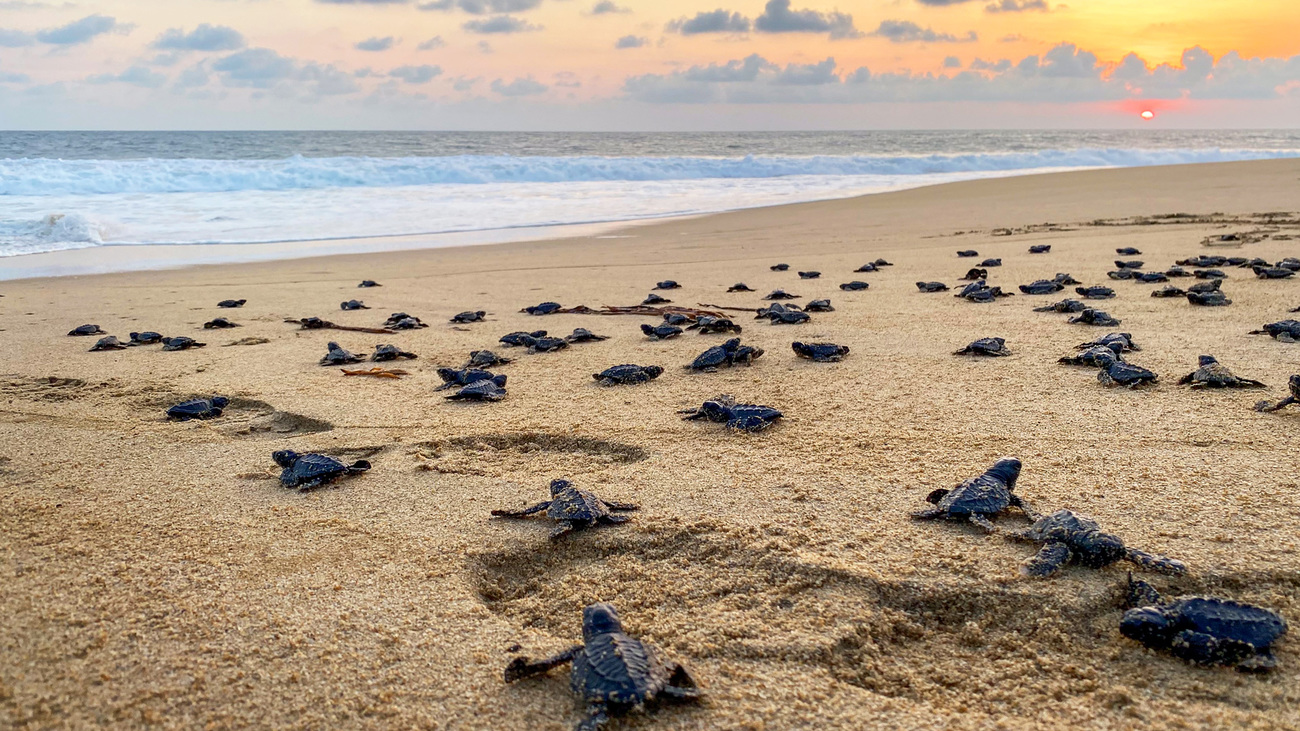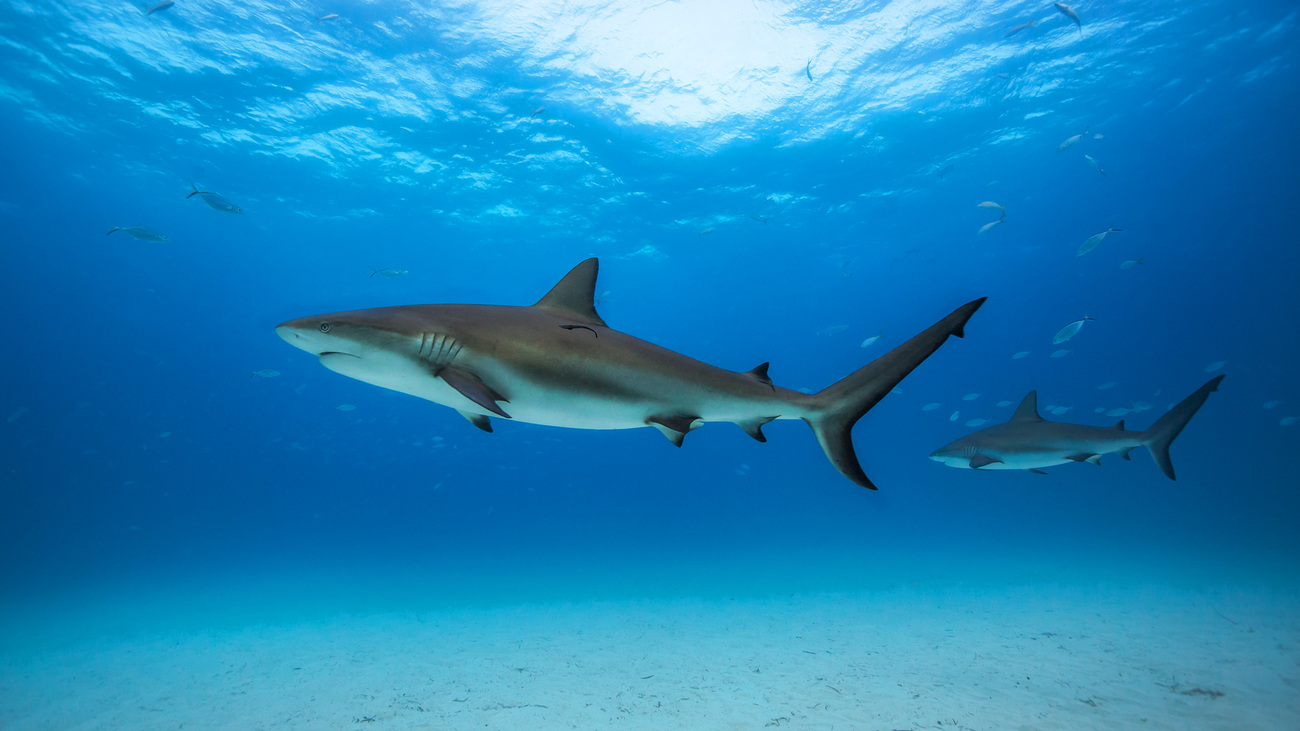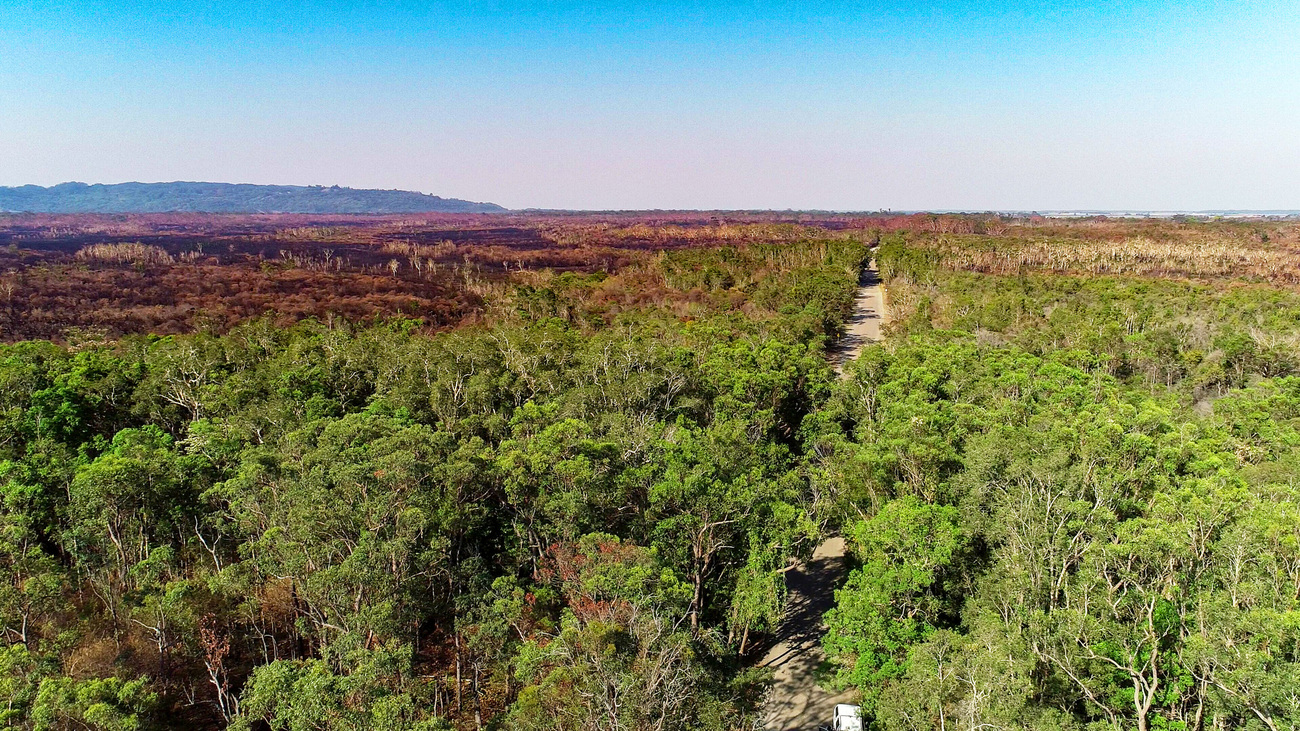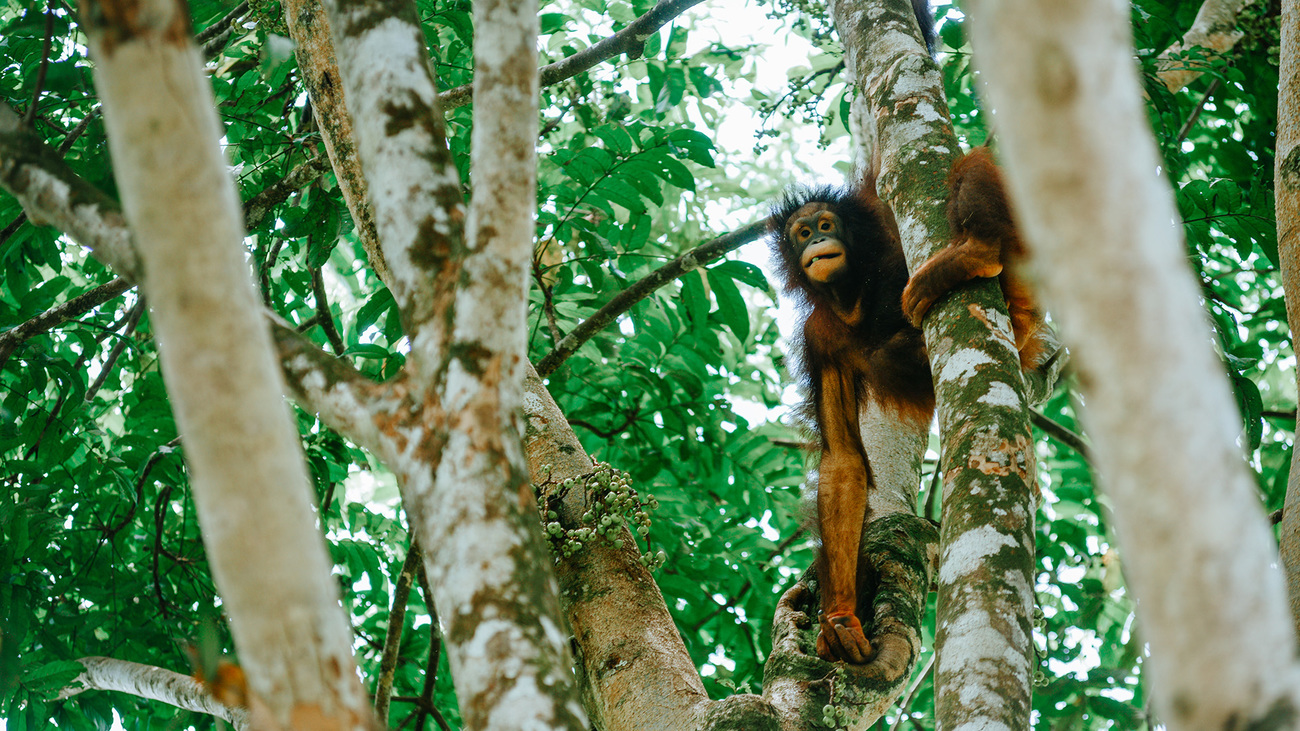Press releases
Victory as hundreds of species given new protections at UN summit
Read moreWhat are biodiversity hotspots?
Though every continent has its own vast array of animal and plant species, some specific areas host particularly high numbers of native species. These places are known as biodiversity hotspots.

Biodiversity hotspots contain many endangered and vulnerable species, and they are also threatened by urbanisation, agriculture, wildfires, disease, and climate change. Thus, it is important that we work to protect these places to preserve the biodiversity that is so crucial to sustaining all life on Earth.
That’s what we’re striving to do here at IFAW. We’re working with partners and communities around the world to preserve biodiversity and build a world where animals and people thrive together.
Right now, we are in the middle of what’s known as the sixth mass extinction event. Species around the world are going extinct at the fastest rate since the mass extinction event that killed the dinosaurs. Saving these biodiversity hotspots before it’s too late is critical to protecting animals and the planet.
Biodiversity is a term we use to describe the variety of life on Earth. We can break it down into three components:
All three biodiversity components are crucial. They help maintain a healthy planet and healthy, balanced ecosystems.
There are 36 areas around the globe that are labelled as biodiversity hotspots. To be considered a biodiversity hotspot, the region must meet these criteria:
The origin of biodiversity hotspots goes back to the 1980s. In 1988, British ecologist Norman Myers published a list of 10 areas he identified as tropical forest hotspots, due to their high biodiversity and high levels of habitat loss.
In the late 1990s, researchers performed an extensive global review and proposed the criteria listed above. This led to 25 areas being officially designated as biodiversity hotspots. In 2005, the number grew to 34.
In 2011, researchers recognised the 35th hotspot, the Forests of East Australia. In 2016, the 36th and newest hotspot was recognised, the North American Coastal Plain.
Here is a list of the 36 currently recognised biodiversity hotspots, as of 2025:
In total, these 36 hotspots make up just 2.5% of the planet’s land surface, but they contain more than half of the world’s plant species as endemics, meaning they’re found nowhere else. These ecosystems also support 43% of all mammal, bird, reptile, and amphibian species as endemics.
The Tropical Andes hotspot has the most diverse array of species in the world. It contains about one-sixth of all plant species.

Unfortunately, more than two-fifths of the species found in biodiversity hotspots are at high risk of extinction, and almost 25% are at very high risk.
Biodiversity loss is one of the biggest threats to the planet and humanity. The concept of biodiversity hotspots is important because it provides a tool for conservation organisations to identify and focus their efforts on the most important areas that support our planet’s biodiversity.
In addition to thousands of native plants and animals, biodiversity hotspots are home to approximately 2 billion people. This includes some of the world’s most impoverished communities that rely on healthy ecosystems for their lives and livelihoods.
Biodiversity hotspots provide vital ecosystem services like climate regulation, shade, food, clean water, soil, and pollination. One estimate suggests that they provide 35% of the ecosystem services relied upon by the world’s most vulnerable people. Additionally, 80% of the planet’s biodiversity is held in lands and waters conserved by Indigenous peoples and local communities.
Biodiversity is crucial not just for people, but also for animals themselves. Different species rely on each other for food, and some species even act as ecosystem engineers, providing access to habitats and water sources to other animals. Plants also rely on animals for pollination and fertilisation, just as animals rely on them for sustenance.
Every species in an ecosystem is interconnected, and without biodiversity, an ecosystem will fail to function. That’s why we need to protect and preserve these critical hotspots.

Biodiversity hotspots face threats due to several factors, many of which involve human activity.
One significant issue is habitat loss and fragmentation. Due to things like road construction, agricultural development, and urbanisation, what were once vast swathes of natural habitat have been reduced to small patches of land. Populations of animals become divided, and many species struggle to find the resources that were once available to them.
In the Cerrado, 4,000 acres of land are being converted into farmland every day. Much of it is used to grow soybeans, which feed livestock. On the North American Coastal Plain, deforestation for agriculture, infrastructure development, and water pollution are contributing to species decline.
Biodiversity hotspots are also threatened as the world tries to meet its energy needs. A coral biodiversity hotspot in the Pacific Ocean is at risk from fossil fuel expansion plans, putting the region and its wildlife at risk of oil spills, coral reef damage, noise pollution, and shipping traffic.
There’s also a concerning overlap between locations designated for mining and energy projects and locations of key biodiversity sites. Already, 5% of biodiversity hotspots contain mines, 14% contain oil and gas infrastructure, and 2% contain power plants. This is set to increase as the world looks to generate more energy.
Another threat is the degradation of habitats through extractive activities like logging and hunting. These biodiversity hotspots often contain protected areas where the extraction of resources is restricted or wholly illegal. However, poaching and other illegal activities often occur, which degrade the ecosystems.
Climate change is also a major threat to biodiversity hotspots. Rising temperatures are jeopardising the survival of wildlife worldwide. Climate change is also increasing the unpredictability and severity of disasters like wildfires, hurricanes, droughts, and floods, all of which can strand, orphan, and lead to the deaths of animals.

IFAW works around the world to help create a better future for animals, people, and the planet. Many of our projects take place in biodiversity hotspots.
In the Caribbean and Latin America, we are working to fight wildlife crime, rescue animals impacted by hurricanes, and train budding conservationists through our Conservation Leadership in the Caribbean (CLiC) project.
Across the US and Canada, including within the North American Coastal Plain, we work to protect predators like wolves and coyotes. In the Mediterranean Basin, we’ve worked to rescue native wildlife from disasters like floods and fires. We work in Southeast Asia, including in the Indo-Burma and Sundaland hotspots, to disrupt wildlife trafficking networks, protecting animals like orangutans and slow lorises.
In the Horn of Africa, we are countering cheetah trafficking. In hotspots in southern and East Africa, we’re connecting fragmented landscapes for elephants, rehabilitating orphaned elephant calves, supporting rangers to prevent poaching, and safeguarding coastal ecosystems.
In Australia, including within the Forests of East Australia hotspot, we’re working to protect koala habitats, rescue animals from bushfires, and rebuild a sanctuary that was destroyed in the Black Summer.
Want to support IFAW’s work to protect wildlife and preserve biodiversity around the world?
Our work can’t get done without you. Please give what you can to help animals thrive.
Unfortunately, the browser you use is outdated and does not allow you to display the site correctly. Please install any of the modern browsers, for example:
Google Chrome Firefox Safari